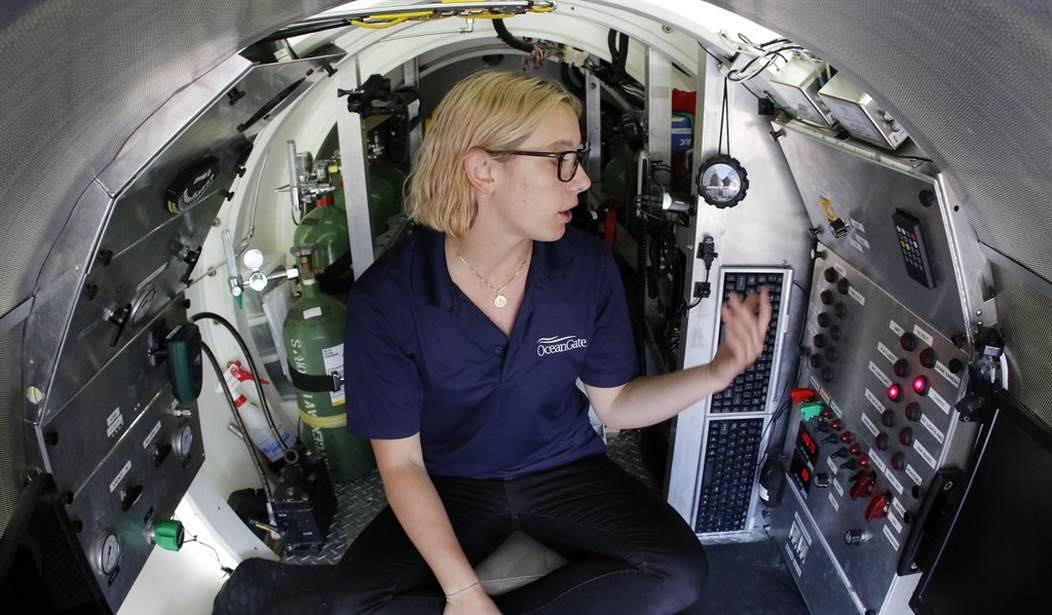The OceanGate submersible disaster is over. The Titan seacraft that supposedly could submerge to depths to view the Titanic wreck imploded, killing all five members onboard. It disappeared on Sunday, June 18, leading to a days-long search by US Coast Guard and Canadian military units to find the craft. On June 20, there was some hope, as noises were heard in the vicinity where the submersible disappeared. It was false hope; the noises were natural in origin. On June 22, it was concluded that there were no survivors when a debris field 1,600 feet from the wreck's bow was discovered, containing pieces undeniably part of OceanGate’s submersible. Also, they had run out of oxygen that morning.
The families of Shahzada Dawood, Suleman Dawood, Stockton Rush, Hamish Harding, and Paul-Henri Nargeolet have closure. They also didn’t suffer, barely having time to comprehend what was happening before being turned into liquefied remains that are now part of the ecosystem. The video gets into the details, which can be macabre sometimes, but it’s also somewhat incredible how quickly this tragic incident ended. All five men died in less than a millisecond, possibly a nanosecond. To put this into perspective, the video below shows how fast that is. The time it takes for the human body to process pain is about 100 milliseconds. It takes you 13 milliseconds to process “visual imagery.” You can see where this is going: none of these guys knew what happened to them. There was no suffering. And it is well because how they died is brutal.
This implosion was something like a massive pressure cooker as well. When the craft’s structure failed due to the immense pressure of diving 12,500 feet, the air bubble inside compressed, causing a massive spike in temperature, roughly 10,000 degrees Fahrenheit: the sun's surface. The video points out that if anything were left, the remains would be gelatinous and expelled through the many cracks and crevices of the damaged submersible.
Recommended
So, they’re gone. It’s a terrible way to go, but it’s also one of the quickest ways. Stockton Rush, the late CEO of OceanGate, reportedly skirted proper safety measures and regulations, never got the craft certified, and it wasn’t equipped with basic features like a distress beacon. The cost of this trip was $250,000 per head, and we have some folks who were able to foot this bill coming forward regarding how they withdrew from these expeditions over safety concerns.
























Join the conversation as a VIP Member